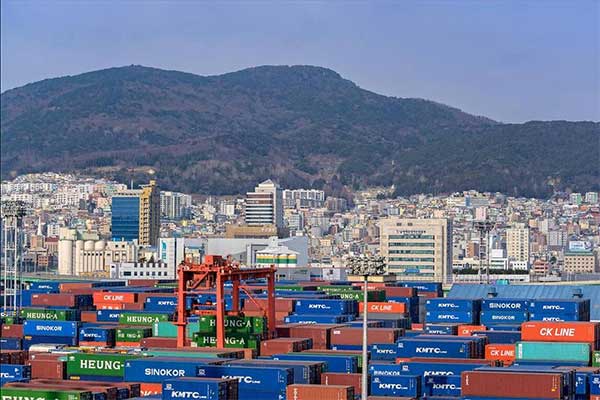
I. What type of export trade method does processing trade actually belong to?
According to the Regulations of the Peoples Republic of China on Customs Supervision of Processing Trade Goods (2025 revised edition), processing trade essentially belongs toA special supervision model under processing trade itemsIn the 'supervision method' column of the customs declaration form, select the corresponding code according to specific business type:
- Processing with supplied materials (code 0214): The client provides all or part of the materials
- Processing with imported materials (code 0615): The processor purchases part of the materials independently
- Bonded zone processing (code 5015): Processing completed in special supervision areas
II. What are the core differences between processing trade and regular exports?
Compared with general trade exports, processing trade business has three distinctive features:
- Special characteristics of goods ownership transfer:
- Ownership of materials during import phase belongs to overseas clients
- Ownership of finished products during export phase transfers directly to final buyers
- Tariff calculation rules:
- Tariffs are levied only on the value-added portion (new Regional Value Content RVC calculation requirement added in 2025)
- Applicable to the processing trade deposit account system
- Document management requirements:
- Must establish completeProcessing trade manual
- Special documents such as processing agreement and process flow chart must be submitted
III. What are the new customs supervision requirements for processing trade in 2025?
According to the newly issued Announcement on Regulating Processing Trade Supervision (Customs General Administration Announcement No. 12 of 2025), enterprises should pay special attention to:
- Electronic verification systemMandatory implementation:
- The processing trade blockchain verification platform will be fully operational from July 1, 2025
- Requires real-time upload of production consumption data
- Endangered species import-export certificate (required for special materials like rosewood)Becomes a prerequisite for filing:
- Must providePollution assessment report for processing procedures issued by provincial environmental protection departments
- Emergency response plans must be added for hazardous chemical processing
- Material consumption managementAccuracy improved to ±1.5%:
- Excess consumption requires supplementary tax payment and late fees
- Exceeding limits three times annually will trigger customs audit procedures
IV. How should enterprises correctly choose processing trade models?
It is recommended to conduct business planning through a three-step decision-making method:
- Cost calculation comparison:
- Under processing with supplied materials mode: Only earn processing fees, suitable for labor-intensive enterprises
- Under processing with imported materials mode: Can participate in raw material procurement profit sharing, suitable for enterprises with supply chain advantages
- Tax optimization analysis:
- Calculate under different modesTax exemption, deduction and refund amountDifferences
- Note the newly implemented in 2025Cross-border VAT electronic deductionPolicies
- Risk assessment dimensions:
- Impact of raw material price fluctuations on margin occupation
- Matching degree between processing cycle and customs verification timeliness
A 2024 case study of a textile enterprise shows: By transforming traditional agency processing intoComprehensive bonded zone entrusted processingmode, while maintaining original business, successfully reduced logistics costs by 17% and shortened customs clearance time by 40%. This confirms the important impact of choosing appropriate processing modes on enterprise competitiveness.


 Follow Customer Service WeChat
Follow Customer Service WeChat